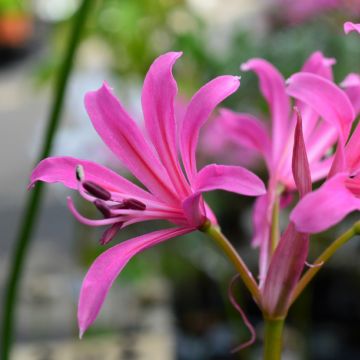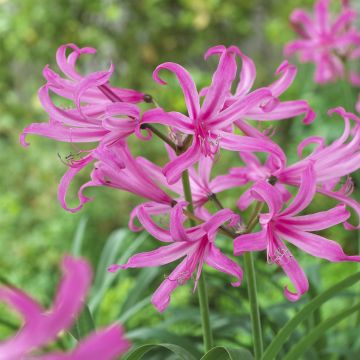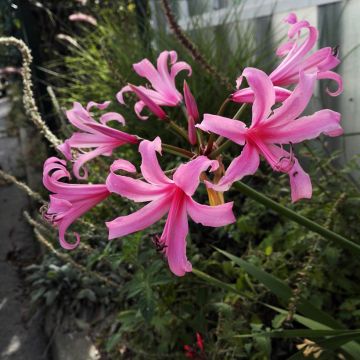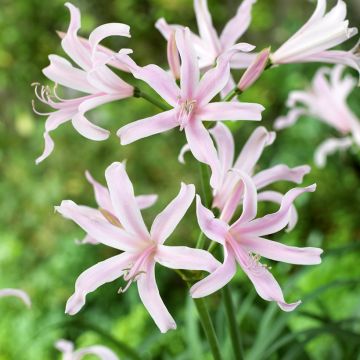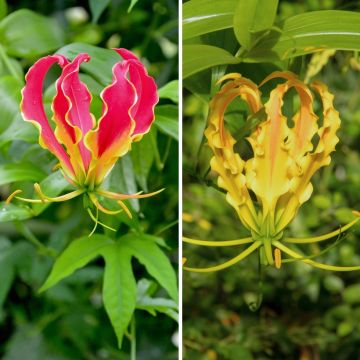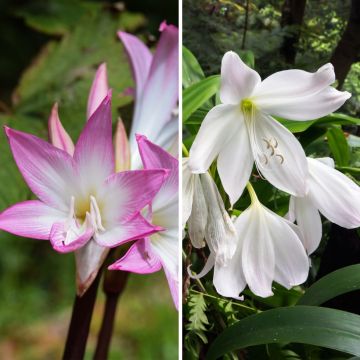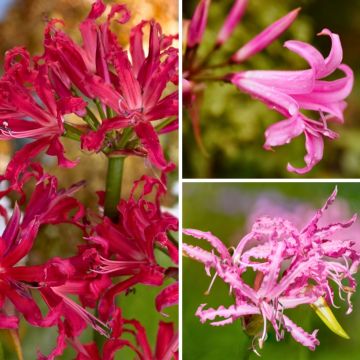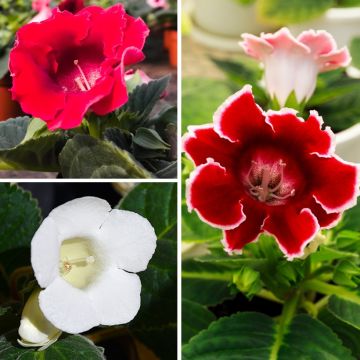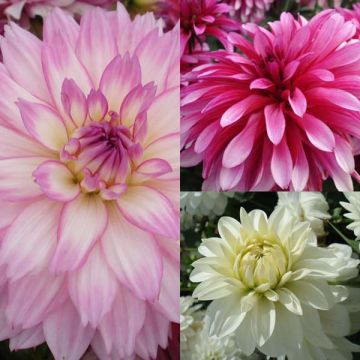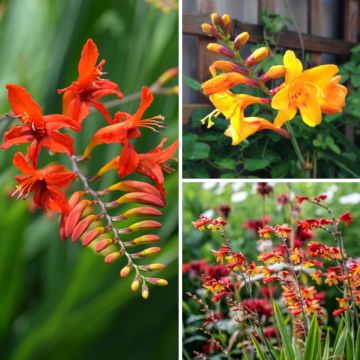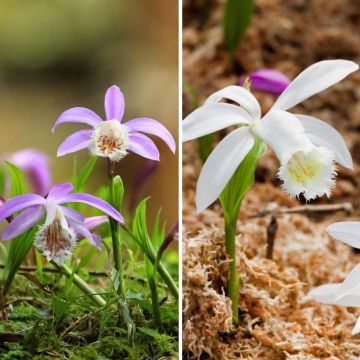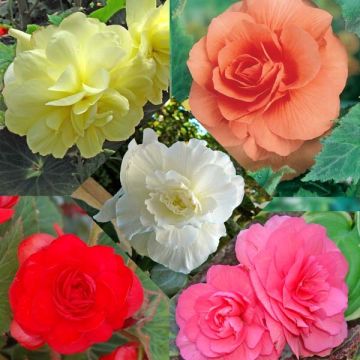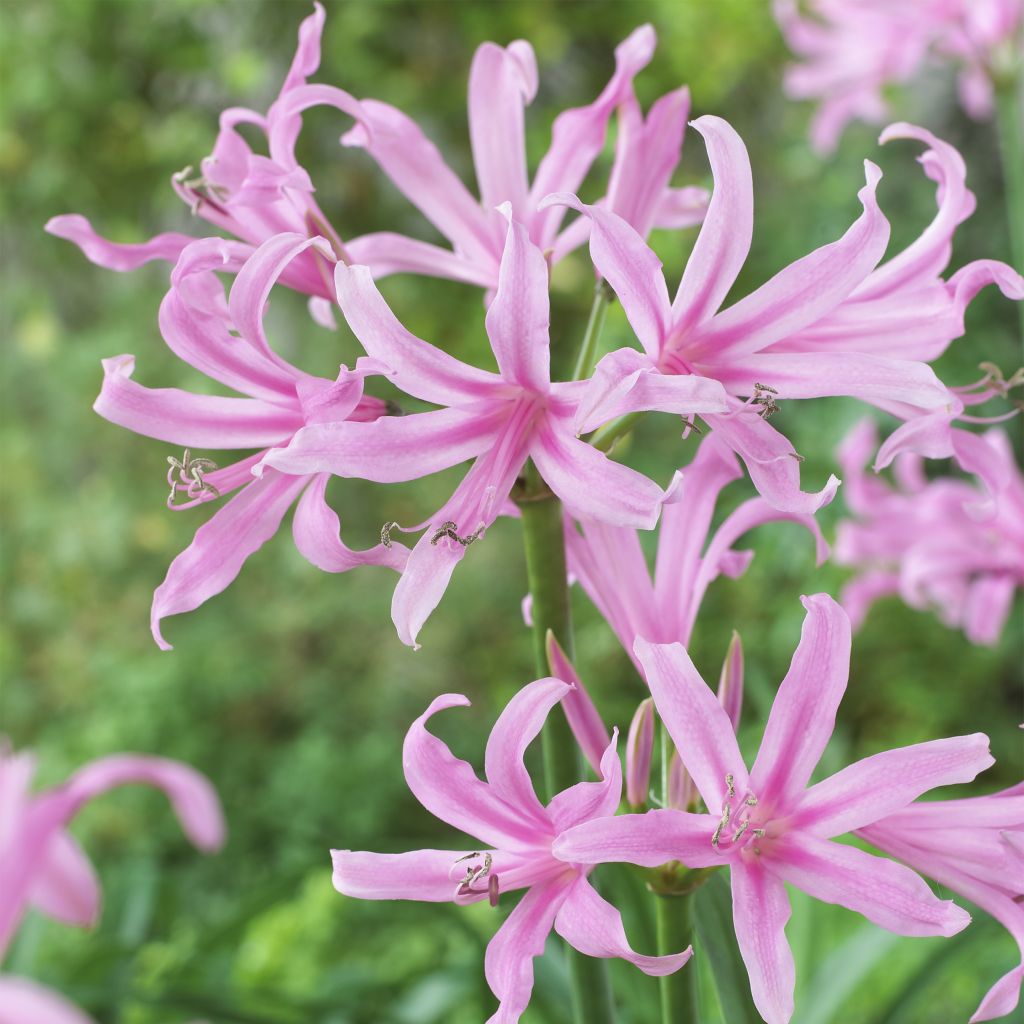

Nérine hybride - Amarine belladiva Aphrodite
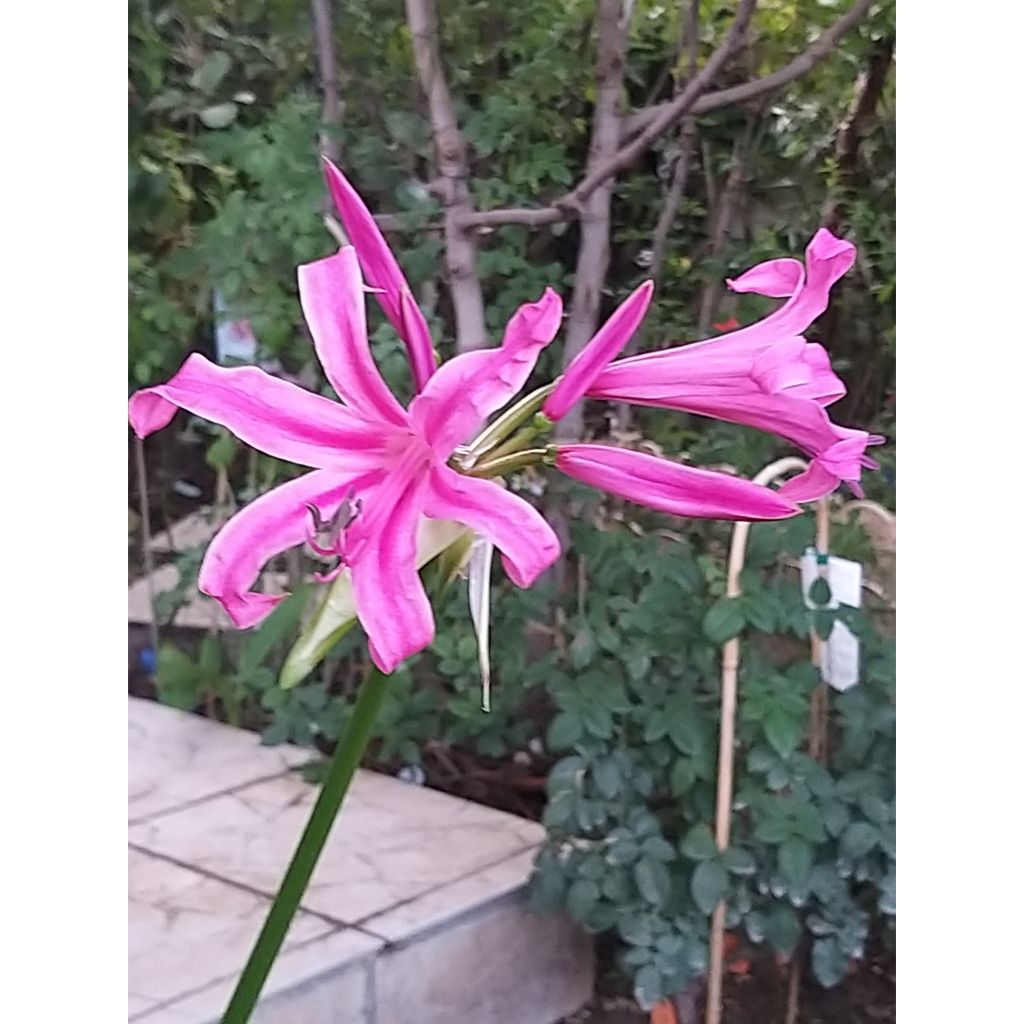

Amarine belladiva Aphrodite - Hybrid Nerine
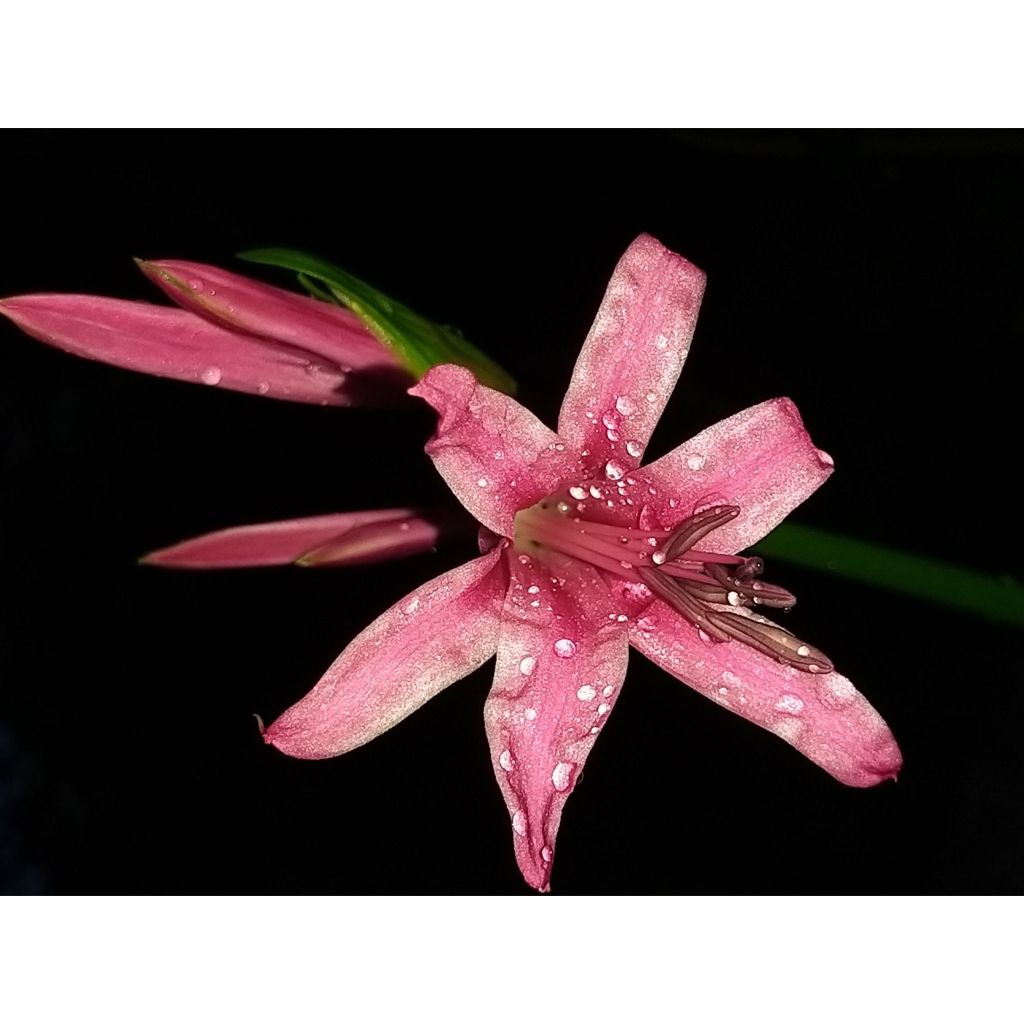

Amarine belladiva Aphrodite - Hybrid Nerine
Amarine belladiva Aphrodite - Hybrid Nerine
Amarine x tubergenii belladiva Aphrodite (PBR)
Amarine, Amarine tubergenii, Nerine
Only one bulb flowered in the first year, and nothing this summer. I think that unlike the amaryllis belladonna, these bulbs quite like water... To be continued.
Md, 30/12/2022
Order in the next for dispatch today!
Dispatch by letter from €3.90.
Delivery charge from €5.90 Oversize package delivery charge from €6.90.
More information
This item is not available in your country.
Schedule delivery date,
and select date in basket
This plant carries a 6 months recovery warranty
More information
We guarantee the quality of our plants for a full growing cycle, and will replace at our expense any plant that fails to recover under normal climatic and planting conditions.
From €5.90 for pickup delivery and €6.90 for home delivery
Express home delivery from €8.90.
Does this plant fit my garden?
Set up your Plantfit profile →
Description
The 'Amarine x tubergenii 'belladiva Aphrodite', just like its sister Anastasia, is a beautiful hybrid bulbous plant with a light pink autumn flowering that resembles that of its two parents, the nerine bowdenii and the Amaryllis belladona. Its vast star-shaped flowers are grouped in magnificent hemispherical umbels at the end of robust stems, like the Amaryllis. Still, beautiful undulations animate them that the light passes through, like the nerine. Moderately hardy, it is cultivated in the sun and sheltered from the wind in very well-drained soil, even dry in summer. Still relatively uncommon in our gardens, this plant will surprise you, both in a flowerbed and a large pot on the terrace. This variety is superb in bouquets.
Like its parents, the Amarine is a hardy bulbous plant up to -12 °C (10.4°F) in well-drained soil, belonging to the amaryllidaceae family. It was obtained through hybridisation in the 1950s. This original plant, which honours its two parents by combining their qualities, has remained confidential with us until today. Its cultivation is no more complex than that of the Amaryllis belladonna. From a sizeable ovoid bulb emerges in September a clump of linear leaves, 1 to 2 cm (0 to 1in) wide, light green, which persists almost all year round in mild climates but disappears in July-August. Herbaceous green stems, 60 to 75 cm (24 to 30in) tall, appear in September amid the clumps, bearing at their ends a crown of huge flowers in the 'Aphrodite' variety, formed by six undulate and recurved petals arranged in a star. Their hue is a delicate and bright candy pink, highlighted by a thick and slightly translucent texture. Prominent bright pink stamens protrude from the flower's heart, further accentuating its lightness. The flowering, quite long, lasts until October.
This exceptional plant is highly ornamental, but its hardiness can be lacking in cooler regions; it is preferable to cultivate it in pots that you will shelter in winter. In a large pot, place it on a sunny terrace in summer. In the ground, it will be necessary to choose a warm exposure, near a wall sheltered from the wind and very well-drained soil, cultivation conditions that one would also choose for agapanthus. Like the pink flowers of the latter, it is a plant that thrives by the seaside, in an English cottage and even in a city garden, used as a focal point on a terrace in an exotic or contemporary style. It goes well with perennials. Cut and placed in a vase, the elegant flowers will bring a lot of originality to the house.
Report an error about the product description
Amarine belladiva Aphrodite - Hybrid Nerine in pictures
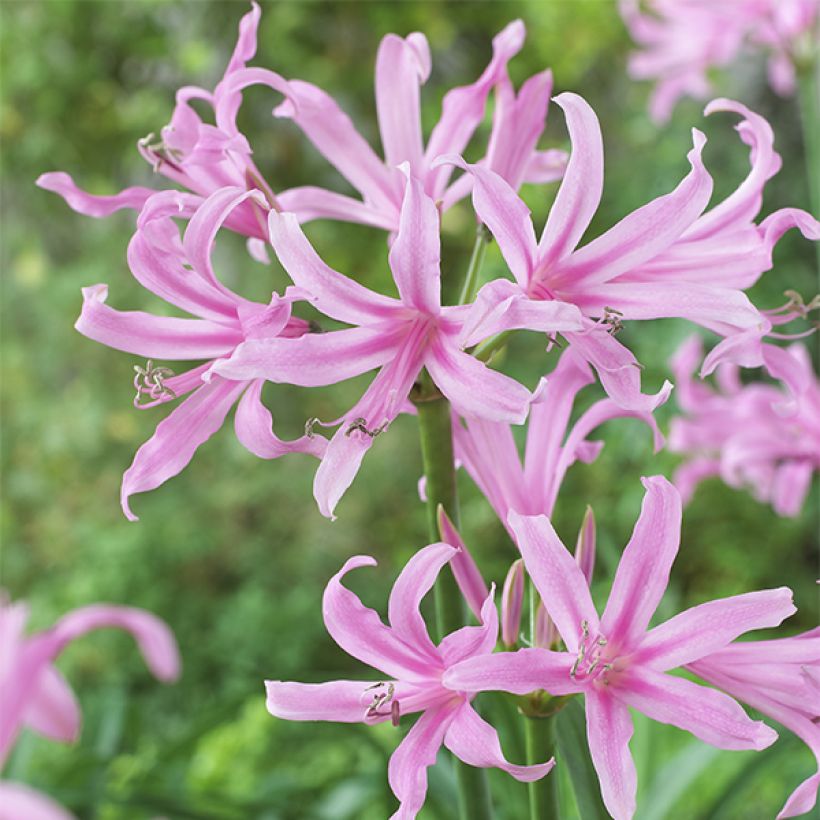

Plant habit
Flowering
Foliage
Botanical data
Amarine
x tubergenii
belladiva Aphrodite (PBR)
Amaryllidaceae
Amarine, Amarine tubergenii, Nerine
Cultivar or hybrid
Other Amarine
Planting and care
Install the 'Aphrodite' Amarine in a sunny, wind-protected location during the summer rest period. Planted at a depth of 10 cm (4in) and spaced 30 cm (12in) apart, Amarines are hardy down to -10 °C (14°F) in well-drained soil. Choose a well-exposed location, such as at the base of a south-facing wall. Water during flowering and at the start of vegetative growth (with diluted fertiliser if the plant is grown in a pot). Let it rest without watering in July and August once the foliage turns yellow. In cooler regions, it is preferable to cultivate them in containers that you will shelter in winter.
Planting period
Intended location
Care
-
, onOrder confirmed
Reply from on Promesse de fleurs
Bulbs to grow in pots
Haven't found what you were looking for?
Hardiness is the lowest winter temperature a plant can endure without suffering serious damage or even dying. However, hardiness is affected by location (a sheltered area, such as a patio), protection (winter cover) and soil type (hardiness is improved by well-drained soil).

Photo Sharing Terms & Conditions
In order to encourage gardeners to interact and share their experiences, Promesse de fleurs offers various media enabling content to be uploaded onto its Site - in particular via the ‘Photo sharing’ module.
The User agrees to refrain from:
- Posting any content that is illegal, prejudicial, insulting, racist, inciteful to hatred, revisionist, contrary to public decency, that infringes on privacy or on the privacy rights of third parties, in particular the publicity rights of persons and goods, intellectual property rights, or the right to privacy.
- Submitting content on behalf of a third party;
- Impersonate the identity of a third party and/or publish any personal information about a third party;
In general, the User undertakes to refrain from any unethical behaviour.
All Content (in particular text, comments, files, images, photos, videos, creative works, etc.), which may be subject to property or intellectual property rights, image or other private rights, shall remain the property of the User, subject to the limited rights granted by the terms of the licence granted by Promesse de fleurs as stated below. Users are at liberty to publish or not to publish such Content on the Site, notably via the ‘Photo Sharing’ facility, and accept that this Content shall be made public and freely accessible, notably on the Internet.
Users further acknowledge, undertake to have ,and guarantee that they hold all necessary rights and permissions to publish such material on the Site, in particular with regard to the legislation in force pertaining to any privacy, property, intellectual property, image, or contractual rights, or rights of any other nature. By publishing such Content on the Site, Users acknowledge accepting full liability as publishers of the Content within the meaning of the law, and grant Promesse de fleurs, free of charge, an inclusive, worldwide licence for the said Content for the entire duration of its publication, including all reproduction, representation, up/downloading, displaying, performing, transmission, and storage rights.
Users also grant permission for their name to be linked to the Content and accept that this link may not always be made available.
By engaging in posting material, Users consent to their Content becoming automatically accessible on the Internet, in particular on other sites and/or blogs and/or web pages of the Promesse de fleurs site, including in particular social pages and the Promesse de fleurs catalogue.
Users may secure the removal of entrusted content free of charge by issuing a simple request via our contact form.
The flowering period indicated on our website applies to countries and regions located in USDA zone 8 (France, the United Kingdom, Ireland, the Netherlands, etc.)
It will vary according to where you live:
- In zones 9 to 10 (Italy, Spain, Greece, etc.), flowering will occur about 2 to 4 weeks earlier.
- In zones 6 to 7 (Germany, Poland, Slovenia, and lower mountainous regions), flowering will be delayed by 2 to 3 weeks.
- In zone 5 (Central Europe, Scandinavia), blooming will be delayed by 3 to 5 weeks.
In temperate climates, pruning of spring-flowering shrubs (forsythia, spireas, etc.) should be done just after flowering.
Pruning of summer-flowering shrubs (Indian Lilac, Perovskia, etc.) can be done in winter or spring.
In cold regions as well as with frost-sensitive plants, avoid pruning too early when severe frosts may still occur.
The planting period indicated on our website applies to countries and regions located in USDA zone 8 (France, United Kingdom, Ireland, Netherlands).
It will vary according to where you live:
- In Mediterranean zones (Marseille, Madrid, Milan, etc.), autumn and winter are the best planting periods.
- In continental zones (Strasbourg, Munich, Vienna, etc.), delay planting by 2 to 3 weeks in spring and bring it forward by 2 to 4 weeks in autumn.
- In mountainous regions (the Alps, Pyrenees, Carpathians, etc.), it is best to plant in late spring (May-June) or late summer (August-September).
The harvesting period indicated on our website applies to countries and regions in USDA zone 8 (France, England, Ireland, the Netherlands).
In colder areas (Scandinavia, Poland, Austria...) fruit and vegetable harvests are likely to be delayed by 3-4 weeks.
In warmer areas (Italy, Spain, Greece, etc.), harvesting will probably take place earlier, depending on weather conditions.
The sowing periods indicated on our website apply to countries and regions within USDA Zone 8 (France, UK, Ireland, Netherlands).
In colder areas (Scandinavia, Poland, Austria...), delay any outdoor sowing by 3-4 weeks, or sow under glass.
In warmer climes (Italy, Spain, Greece, etc.), bring outdoor sowing forward by a few weeks.


































